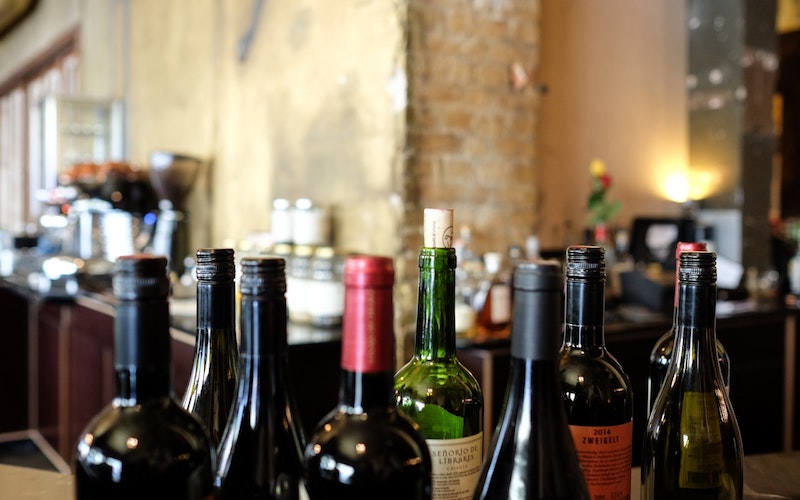Factors to Consider When Choosing Wine
Episode #5 of the course The ultimate beginner’s guide to wine by Paul Kalemkiarian
Hi,
Yesterday we wrapped up learning about how wine is made by looking at the process of making white wine. I’m sure you’re wondering when the tasting begins. Don’t worry. We’ll get there. But before we do, let’s look at how to enhance the experience with some tips on how to choose wine.
There are three factors that separate any bottle of wine from its neighbors on the shelf or in a wine shop:
• where it comes from
• when it was made
• who made it
Of these, most people tend to imagine that the most important are the wine’s name and its vintage: Nuits-Saint-Georges 1978 or Liebfraumilch 1983. But this is only a small part of the story. And what of wines that are simply known by their producers’ trademark? How many people know where Mouton Cadet comes from?
Regions
The history of any wine region is what makes it unique. Some go along making perfectly ordinary wines from a given grape because they’ve been doing it that way for centuries. A different grape planted in the same vineyard could yield a much finer wine. World demand and competition probably won’t allow the production of ordinary wine to continue for too long except possibly on a very small, individual scale.
There are many major grape-growing regions and sub-regions in the world that have earned important positions in the market and have a history of making superior wines. Some notable wine regions include California’s Napa Valley, France’s Châteauneuf-du-Pape, Italy’s Tuscany, and Germany’s Rheingau. Many other areas are becoming known and, someday, they may be more famous than the major regions of today. Some emerging wine regions include Portugal’s Douro, France’s Corbières, Italy’s Nero d’Avola, and New Zealand’s Martinborough.
Vintage Dates
The vintage date tells when the grapes were picked and converted into wine. It says nothing about when the wine was placed in the bottle or when it became available to the consumer.
It can provide useful information, because it is often the only gauge of quality we have to go on.
Vintage conditions vary from year to year. Mother Nature is unpredictable, often bringing hailstorms, frost, rains, or unusual cold or hot spells at the wrong time. Wide vintage variation and, occasionally, total losses, are a way of life for the winegrowers of Europe. By contrast, in California and many other temperate areas, the wine crop seldom experiences a major loss or a vintage of very poor quality.
For most of the world’s finest wines, knowing about a specific vintage year is helpful because it gives you something of a starting point to learn more about the wine’s quality and also about its aging potential. With the vintage year, you can learn more about environmental factors that impact wine, such as weather.
Winemakers
One key to getting the pick of any bunch of wine lies in choosing the most reliable producer. This could be an individual winegrower, a co-operative, or a merchant who buys wine or grapes. In the United States, the Mondavi and Franzia families are known for their high-quality products. In Europe, a couple of names that stand out are Lafite Rothschild and Domaine Parent.
Most wine labels will give you some indication of exactly who the producer of the wine was; in the case of the ones that don’t, you will have to trust the importer. When you find a wine you particularly like, note the producer’s name and look out for their wines elsewhere. If you don’t know wine well enough yet to determine on your own if the producer is reliable, do a Google search for reviews.
You may also see that the same merchant may have supplied several supermarkets with their own-brand wines. One word of warning though: some merchants and co-operatives use a large number of different names—sometimes as many as one per client. Even so, the address or post code, which has to appear on the label, can give you a clue. Take a closer look at the label on the next bottle you buy.
Now that you know the factors to consider when choosing a wine, next we’ll discuss the rules of tasting wine. Hint: the rules may surprise you!
Recommended reading
The World’s Wine Regions: Part 1, and Part 2
Recommended book
Windows on the World Complete Wine Course: Revised and Expanded Edition by Kevin Zraly
Share with friends

